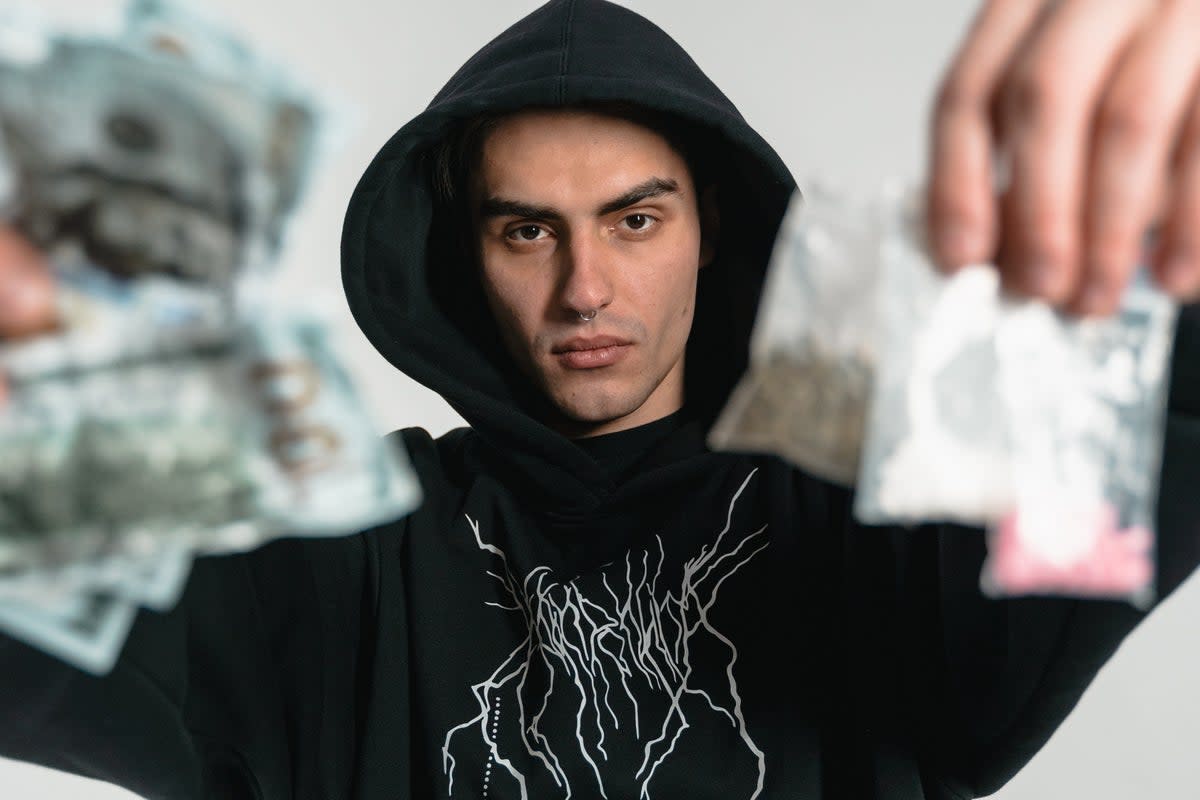What is monkey dust? Staffordshire addict backs Government bid to reclassify drug as class A

The Government has been backed in its efforts to reclassify monkey dust as a class A drug by a user who said he has “lost everything”.
A former Staffordshire plumber, 42, who became homeless due to his addiction, said the Government was right to recommend that the Advisory Council on the Misuse of Drugs (ACMD) bumped it up from a class B drug.
The Government started a review in May after emergency services said there was an epidemic of patients hooked on the dangerous drug in Stoke-on-Trent.
The Staffordshire plumber, identified only as Simon, told ITV on July 5 that he had lost his job and flat.
“I got into dust, monkey dust, lost everything, and now I’m on the floor,” he said.
“I’m still taking dust. It’s all we do all day, rush around, try to get fed and try to get hold of dust, because it’s so addictive.
“They offer it to you. It’s homeless people, trying to make ends meet, dealing. People push it, they want to get you hooked, and then they exploit you.”
Simon said he was now living in a tent. He said he could buy a bag of monkey dust for only £20 and that the high could last for around three hours — giving you “20/20 vision”.
So, what exactly is monkey dust and what are its side effects? Here is everything you need to know.
What is monkey dust?
Monkey dust has been used as a nickname for the synthetic drug methylenedioxypyrovalerone (MDPV). It is a powerful stimulant and is classified as a cathinone derivative, similar to bath salts.
It is also known as “zombie dust and is often found in powder or crystal form. It can be snorted, swallowed or smoked in a pipe.
The drug is often sold very cheaply, making those in poverty more likely to choose it over other substances.
It became popular in the US in the mid-2000s, after becoming readily available at petrol stations, convenience stores, and bookshops. However, Barack Obama’s administration made it an illegal substance in 2012.
The drug has become popular in the UK in recent years, with West Midlands police calling it a public health crisis in 2018.
What are the side effects of monkey dust?
Monkey dust’s side effects are reported to be long-lasting and intense, affecting users for up to 12 hours.
The powerful rush of energy and euphoria it produces makes some feel like they are physically invincible. As such users often become aggressive or violent without thinking about the consequences of their actions. The drug can also cause hallucinations, paranoia and a lack of self-control.
Some users also believe they are being chased and end up doing things like trying to climb buildings and lashing out at those around them.
Cases in Stoke-on-Trent have shown that those who take the drug can exhibit extremely erratic behaviour, instigate fights and commit acts of violence.

 Yahoo News
Yahoo News 
